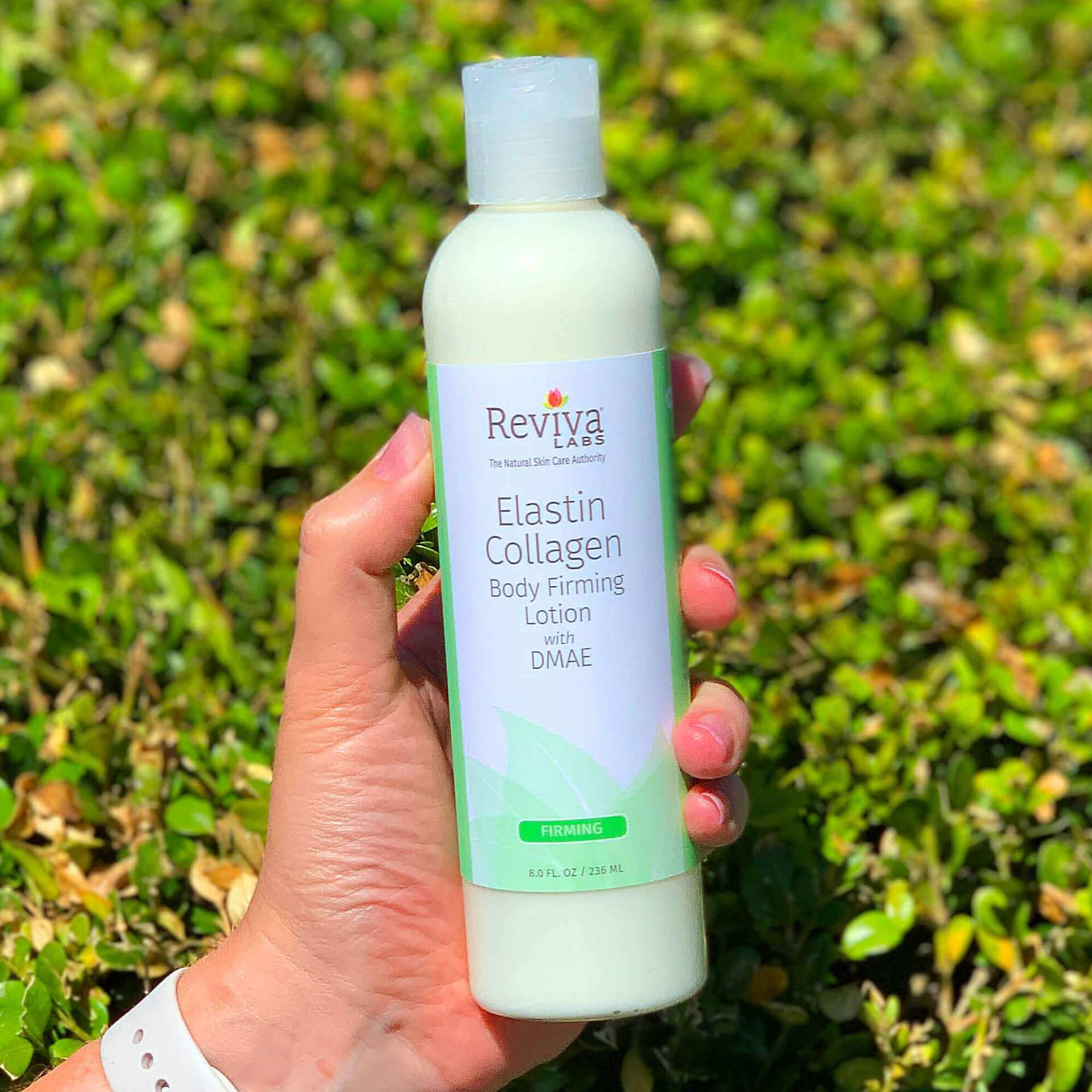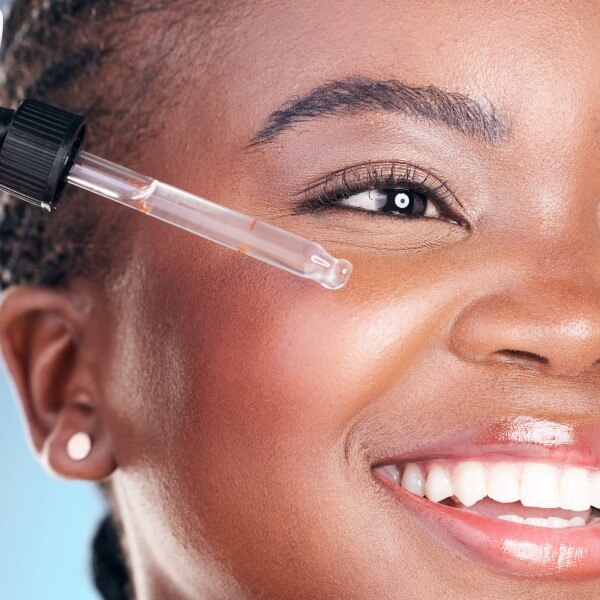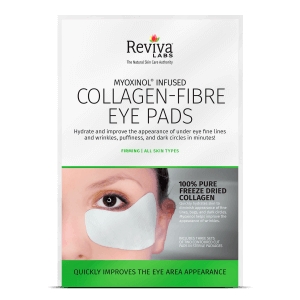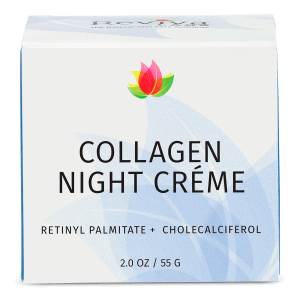Reviva Labs, Skin Care
The Skin Matrix: The Secret Framework Beneath Our Glow
Picture your skin as a beautifully woven tapestry. Beneath its surface lies an intricate support system called the skin matrix—a network that determines how firm, smooth, and youthful your skin looks over time. This unseen structure quietly takes the spotlight in the fight against aging. And trust me, understanding how it works can make all the difference when choosing how to care for your skin.
Most people don’t realize that your body naturally begins to produce less collagen in your mid to late 20’s. That means, by the time you’re in your forties, the results of this collagen slowdown really start to become apparent. Visible signs of aging like lines, sagging, and dullness becoming more prominent. Why? The answer lies deep within the skin matrix.
What Is the Skin Matrix?
The skin matrix, often referred to as the extracellular matrix (ECM), is the dense, gel-like layer found in the dermis—the middle layer of the skin. Think of it as the scaffolding that holds everything together. It’s composed primarily of collagen, elastin, and glycosaminoglycans (GAGs), including hyaluronic acid.
Collagen provides the structure and strength to the skin. Elastin, true to its name, gives your skin its ability to bounce and, more importantly, to spring back and remain flexible as we smile, or squint our eyes. Meanwhile, GAGs, particularly hyaluronic acid, keep the matrix hydrated and plump by holding onto water molecules. Together, these components create the perfect environment for healthy skin cells to thrive.
Unfortunately, like any well-built structure, the skin matrix is subject to wear and tear over time.
How the Skin Matrix Changes with Age
As we age, the skin matrix starts to degrade. Collagen fibers become fragmented, elastin loses its snap, and hyaluronic acid levels drop dramatically. This decline leads to less support for the skin’s surface, resulting in fine lines, wrinkles, and sagging. Gravity plays a role too, but the real culprits are internal and external factors that disrupt the matrix.
One major internal factor is oxidative stress. This occurs when free radicals—unstable molecules generated in our skin by things like UV exposure and pollution—damage the matrix’s components. Over time, this damage accumulates, accelerating the breakdown of collagen and elastin.
External factors like smoking, poor diet, and insufficient sleep can also wreak havoc. For instance, sugar consumption triggers a process called glycation, which stiffens and weakens collagen fibers. It’s like turning your skin’s flexible scaffolding into brittle glass.
The Role of Collagen in the Skin Matrix
Collagen is the most abundant protein in the skin, making up about 75% of its dry weight. Its primary role is to provide structure and resilience. But as collagen production slows down with age, we start to see thinning skin and wrinkles.
Interestingly, your body’s ability to synthesize collagen doesn’t just decline because of age. Factors like UV radiation and chronic inflammation can also impair collagen production. This is why sun protection and anti-inflammatory ingredients are essential in any skincare routine.
Elastin: The Forgotten Fiber
While collagen often steals the spotlight, elastin plays an equally critical role in the skin matrix. Think of elastin as the rubber bands within your skin that allow it to stretch and return to shape. Unfortunately, elastin is even harder to replenish than collagen.
By your twenties, your body produces very little new elastin. This means the elastin you’re born with has to last you a lifetime. Protecting it from damage—especially from UV rays—is crucial for maintaining skin’s firmness and elasticity.
The Hydration Powerhouse: Hyaluronic Acid
Hyaluronic acid acts as the moisture magnet of the skin matrix. It can hold up to 1,000 times its weight in water, making it essential for keeping skin plump and hydrated. However, natural hyaluronic acid levels decrease as we age, contributing to dryness and a loss of volume.
Skincare products with hyaluronic acid can temporarily boost hydration levels, but supporting your body’s ability to produce its own is even more impactful. Ingredients like niacinamide and peptides can encourage hyaluronic acid production within the skin.
How Lifestyle Choices Affect the Skin Matrix
Your daily habits have a profound impact on the health of your skin matrix. Smoking, for example, reduces blood flow to the skin, depriving it of oxygen and nutrients. This accelerates the breakdown of collagen and elastin.
Reviva Labs Firming Skincare Collection
Tight, firm skin appears healthier and more youthful. Enriched with DMAE, antioxidants, collagen, and elastin, Reviva’s Firming line helps lift and tone sagging skin for a firmer appearance.
On the flip side, eating a nutrient-rich diet can help preserve the matrix. Foods high in antioxidants, such as berries and leafy greens, combat oxidative stress. Omega-3 fatty acids, found in fish and flaxseeds, support skin’s structural integrity.
Exercise also deserves a mention. Increased blood circulation delivers oxygen and nutrients to the skin matrix, promoting repair and renewal. Plus, studies suggest that regular exercise can delay the visible signs of aging by boosting collagen production.
The Science of Repair: Can We Restore the Skin Matrix?
While we can’t turn back time, modern skincare and treatments offer promising ways to repair and strengthen the skin matrix. Ingredients like retinoids are clinically proven to boost collagen production. Peptides, small chains of amino acids, can signal the skin to produce more collagen and elastin.
Antioxidants like Vitamin C are another powerhouse. Not only do they neutralize free radicals, but they also play a role in collagen synthesis. In fact, studies show that topically applied Vitamin C can improve skin’s firmness and elasticity over time.
For those looking for more advanced treatments, options like microneedling, laser therapy, and radiofrequency treatments can stimulate collagen and elastin production by creating controlled micro-injuries in the skin. These therapies tap into your body’s natural healing process to rebuild the skin matrix.
Aging Gracefully with a Healthy Skin Matrix
While aging is inevitable, how your skin ages is something you can influence. By nurturing your skin matrix with the right lifestyle choices and targeted skincare, you can preserve its strength and resilience for years to come. Small, consistent actions today can lead to healthier, more youthful-looking skin tomorrow. And that’s a future worth investing in.
















